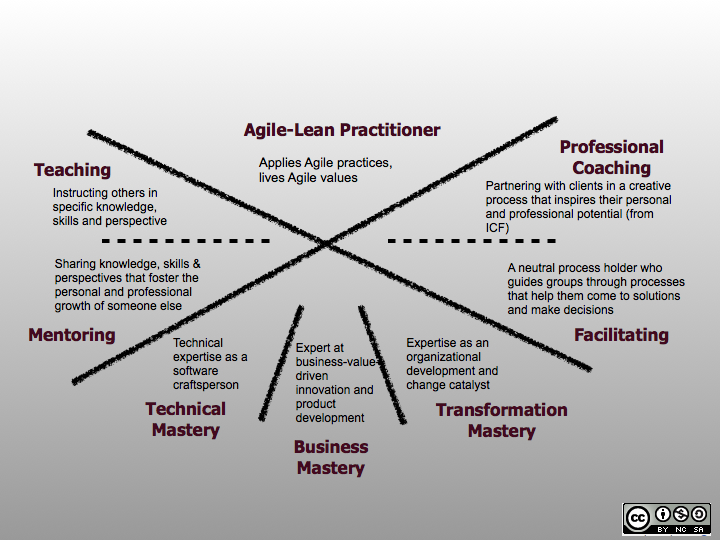
Related: How do I become an Agile Coach?
In our complex, globalized and technologically competitive Business landscape, organizations are increasingly seeking to become more Agile. The benefits are numerous. They include accelerating software delivery, being better able to manage shifting priorities and improving productivity and innovation.
However, becoming Agile is not an overnight endeavor, nor is it for the faint of heart. It is an ongoing journey that requires courage, energy and commitment.
In unlocking and fostering Agility in an organization, an Agile coach plays a critical role. However, the Agile coaching role is often wildly inconsistent and poorly understood.
So, what is an Agile coach and what does the discipline entail? Let’s dig in.
What is an Agile Coach?
For organizations, teams, managers and leaders who seek to create a productive, empowered, high performing and adaptable culture, the Agile Coach is a catalyst, change agent and servant leader who provides professional coaching, facilitation, teaching and mentoring to help organizations realize their agenda and achieve excellent results.
Unlike traditional project management consulting, the Agile Coach lives by, and works through Agile values, principles and practices. They aim to reduce client dependency. Finally, Agile Coaches drive results by focusing on developing the capabilities of the people and teams over optimizing for immediate, short-term results.
There is much to be said of the Agile Coach role, but this should serve as a foundational starting point.
The Agile Coaching Discipline: a Brief Introduction
A simple way to introduce the role of an Agile Coach is through ACI’s Framework model. Broadly, there are eight competencies that an Agile coach possesses.

Within these competencies, there are four major skills and three focus areas of mastery. Finally, the Agile Coaching role is grounded by a foundational competency that relates to Lean-Agile values, principles and practices.
The Agile Coach as a Lean-Agile Practitioner
What makes an Agile Coach different than a life coach, a sports coach, or any other type of coach for that matter?
A key point of differentiation is the Agile-Lean practitioner competency. This a place of knowledge that the Agile coach uses in engaging with their clients, teams and organizations. It is where the Lean-Agile values and principles reside. Also included are one or more Lean-Agile practices and frameworks with which the Agile coach is an expert.
An Agile Role Model
It is important to highlight that the Agile Coach should not only be knowledgeable in these areas, but deeply understand, live and embody the Agile principles themselves, both personally and professionally. In fact, they take the position of being Agilists first and foremost, then as coaches.
The Agile-Lean practitioner competency is (or acts) like a backbone for the Agile Coach. Firstly, it serves as a place of vision and wisdom. It is the lens by which information is processed and decisions are made. Secondly, the Agile-Lean practitioner competency serves as a place of courage, inner-strength and resolve. This is where the Agile Coach may go during trying situations that require taking a difficult but necessary stand in service of both the Agile values and the client’s needs.
A Leader Who Serves
Agile Coaches are leaders who serve. In his book “Good to Great”, Jim Collins describes this type of leader as one who possesses a rare mix of humility and fierce resolve. In contrast with traditional leadership models, where people serve those above them, servant leaders personally invest their time, energy and resources in developing the people who work for them. They hold a strong vision while largely decentralizing decision making. The result is an organization composed of empowered, enabled leader-workers at all levels. And at the same time, execution happens faster since the people closest to the work are involved in the strategic process.
Four Key Skillsets: Teaching, Mentoring, Facilitating and Professional Coaching
The skills of Teaching, Mentoring, Facilitating and Professional Coaching can be considered professions in and of themselves. Furthermore, these skills can be divided into two theme areas; content-based and process-based.
Teaching and Mentoring are content-based. This gives way to the fact that that the Agile Coach is highly knowledgeable in a particular area and is imparting knowledge to the client.
Conversely, Facilitation and Professional Coaching are process-based. It assumes that the client possesses the knowledge. In this capacity, the Agile Coach holds a container for the client to operate within their own context. Agile Coaches support and encourage the exploration of options, decisions and actions of the client based on their own agenda.

The Agile Coach as a Teacher
What is Agile? What are the benefits? How is Agile different than traditional waterfall projects? How do we employ Scrum?
These are common questions that are asked within organizations considering Agile adoption. Particularly for teams and organizations who are new to Agile, these questions (and more) will need to be answered in order to establish a strong foundation and shared understanding for effective execution.
However, being able to successfully reach and engage an audience is not a given. Helping organizations and teams to understand, retain and employ Agile knowledge is a skill that requires development and experience in its own right.
The competency of teaching considers a wide range of practices, techniques and approaches that are shown to maximize learning, retention and adoption.
The Agile Coach as a Facilitator
In a previous role as senior technical lead for a traditional project in the Financial industry, I was often the person who held intimate knowledge about the project and how it all fit together. Decisions were made by me on behalf of the project. Subsequently, when the project was behind, I stepped in. And when people needed answers, I was the person who provided them.
As the organization scaled, it became increasingly difficult to lead projects without burning the midnight oil. Consequently, quality suffered. By being responsible for idea creation and decision-making, I wasn’t doing my people any favors. Ultimately, I was resolved to find a better way to lead.
In transitioning to the role of an Agile coach, there is a greater emphasis on facilitation of outcomes over providing answers directly, or getting into the specific content of the project.
Holding Space for Professionals and Teams
The Agile coach holds a “container” for the team to populate with ideas, solutions and innovations. The container is process focused and provides just enough structure for the team to achieve their outcomes. The coach facilitates and guides the team toward the achievement of outcomes while encouraging them to generate and own the content.
One such example would be facilitation for a bi-weekly retrospective. On the outset, some parameters might look like the figure below.
During the session, the coach will help the team move through the agenda in the time permitted in reaching the stated outcomes. It is important again to emphasize that in the facilitation role, the Agile Coach is staying out of the details and holding the frame.
- Event: Bi-weekly retrospective
- Purpose: To improve on the team’s process for the future sprints
- Outcome: The team will identify and commit to 1-2 tangible takeaway items that will be included in their upcoming sprint backlog
- Duration: 1 hour, bi-weekly
- Agenda:
- Part 1. Capture data (just the facts)
- Part 2. Capture what went well, challenges, opportunities
- Part 3. Narrow down 1-2 takeaways and commit as a team
Similarly to the above, another example would be how a coach handles conflict. Rather than mediate or be in the middle, the Agile Coach takes a position of facilitating the conflict from the outside of the circle.
Benefits of Facilitation
A couple of benefits that arise from facilitation include increased commitment and internal professional development.
First, because the team is driving the ideas and solutions, they are more likely to hold themselves responsible for achieving their outcomes. Secondly, along the way the team will have grown their professional capabilities in the areas like problem solving, idea generation, conflict-resolution and decision-making.
The Agile Coach as a Mentor

Mentoring is a relationship between the coach and an individual with the aim of personal and/or professional development. It assumes that the mentor has more knowledge and expertise in a particular area than the mentee. It involves listening and giving advice.
In terms of agenda, it is generally more informal or unstructured than a professional coaching relationship. It is often born out of a request or invitation for receiving mentoring.
Mentoring Agile Role Transitions
A professional who had recently transitioned from a development team member into a Scrum Master role approached me asking if she could “pick my brain”. Moreover, she had seen me supporting and growing my team over the years. And she wanted to know some ways she could best support her team. This conversation became the start of our mentoring relationship.
Over ongoing conversations, I listened, and I freely shared advice and guidance based on my own experiences. At the same time, I gave her the discretion to decide the course of her own choosing. That Scrum Master went on to create a vibrant and supportive culture for her team to thrive.
During project execution, it is not uncommon for individuals to need personalized help in their new roles in an Agile environment. As it relates, some additional roles may include Product owner, developer, testing team member, project manager, functional manager, stakeholder.
There is no single defining characteristic for what makes for a great mentor. However, some qualities may include support, generosity, intelligence, kindness, presence, encouragement and grit.
In thinking back in your own life and career, who were some of your mentors? What qualities come to mind?
The Agile Coach as a Professional Coach
In the professional coaching capacity, the Agile Coach helps teams and professionals achieve excellence in their organization. They do this by working with their clients to establish clear goals for themselves based on an agenda of their choosing. Subsequently, they work with the client to help them see, and courageously explore, what is truly possible in their organization. Finally, the coach challenges the client and holds them accountable to their own expectations and commitments.
The Agile Coach Puts the Client’s Needs First
One dimension of professional coaching is to operate from the best interest of the client in mind. For Agile Coaches, this is done while upholding the Agile values and principles.
The Agile Coach Assumes that the Client Has the Answers Within Themselves
The role of the coach is to help the client explore their options and what is most important to them. This is accomplished with the aim of solving a challenge or problem that the client is facing in the organization.
Through the coaching relationship, often where the client starts and where they end up will not be the same. Ultimately, through various skills and techniques, the coach will partner with the client to help them get there.
Agile Coaches Seek to Reduce Client Dependency
It is particularly important for those Agile Coaches who are coming in from the outside to ensure that the organization has the collective knowledge, skills and practices to sustain and ideally thrive without them. This also helps to promote resiliency, growth and scale from within.
Additionally, it is important that Agile Coaches accomplish the above while maintaining neutrality. Finally, they should hold a systems perspective by helping professionals, teams and departments look left and right to see how their activities correspond to their overarching goals whether it is teams, products or services, for example.
Becoming a Professional Agile Coach
If you are interested in becoming an Agile Coaching Professional, check out our certified Agile Coach training below. Private training for organizations is also available.
| Course Dates | Course Name | Location | Cost | Register |
|---|---|---|---|---|
| We currently offer a variety of Agile training courses including our most popular Agile Foundations and Agile Coaching Professional courses. Please contact us to inquire. Please email [email protected] to inquire about upcoming classes or for private training. |




